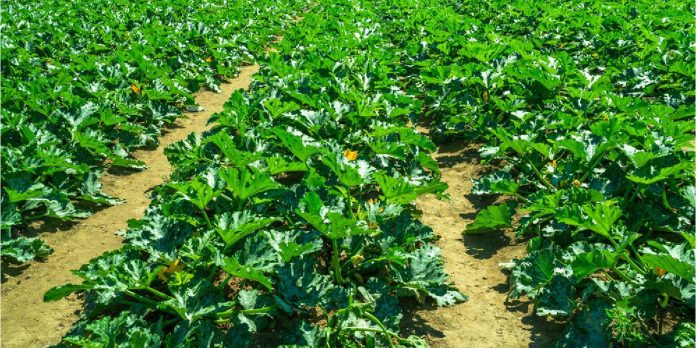Vegetables are a key part of many Kenyan diets, providing essential vitamins and minerals, and growing them for commercial purposes can be profitable.
Common vegetables grown in Kenya include kale, spinach, tomatoes, onions, cabbage and carrots. The country is also home to indigenous vegetable species including cowpeas (kunde), amaranth (mchicha), black nightshade (osuga), jute mallow (mrenda),pumpkin leaves, sunnhemp (mito),pig weed and spider plant.
All these are essential sources of dietary components as they contain essential minerals and vitamins necessary for maintaining human health and strengthening resistance to disease and infection.
Before venturing into vegetable farming, farmers are advised to do due diligence to prevent potential losses. This includes conducting research on the crops they are intending to grow, pests and diseases and market among others.
Below are some of the things to consider before venturing into vegetable farming as advised by farming expert iMaDe FARMs.
CROPS: Decide which vegetables to grow. This will depend on the demand and climate. Study the market carefully and adjust production accordingly.
SYSTEM: Decide which system you will use. Will it be open or protected? iMaDe Farm
LAYOUT: After deciding on the range of crops to be grown and the systems, the layout of the land must be planned.
Meet young Kenyan lady breeding South African quality sheep in Nakuru
Here, care is needed. If the layout is bad, changing it would be costly. Remember too that roads, irrigation pipelines or buildings are involved. If sited wrongly, it would cost you an arm and a leg to move them.
CROPPING PLAN: Work out the rotational plan to be followed and details of cropping. This should be done early enough.
Land preparation: The cost of clearing and preparing land must be considered.
LABOUR NEEDS: It is very important to plan for labour, especially when manual work is needed.
FENCING AND WINDBREAKS: If fencing or windbreak is needed, decide on the type and material as well as placement.
COMPOST AREA: Decide on the location of the compost area and whether you will need a compost heap or pit. A compost heap/pit is necessary to provide a place for the disposal of organic debris.
It also serves as a source of organic matter for use in the farm. It is generally located close to the nursery in an area unsuitable for crop production.
NURSERY SITING /AREA: Lightly shaded areas are preferred or you may build a lath house. Preferably, the nursery area should be at most two per cent of the total land.
You would also need to decide on the type of nursery to use. Will it be a seedbed or using containers? If seedbed, will it be raised, flat or sunken?
IRRIGATION & DISTRIBUTION METHOD: Decide whether irrigation will be needed. If yes, carefully choose the system and water source.








